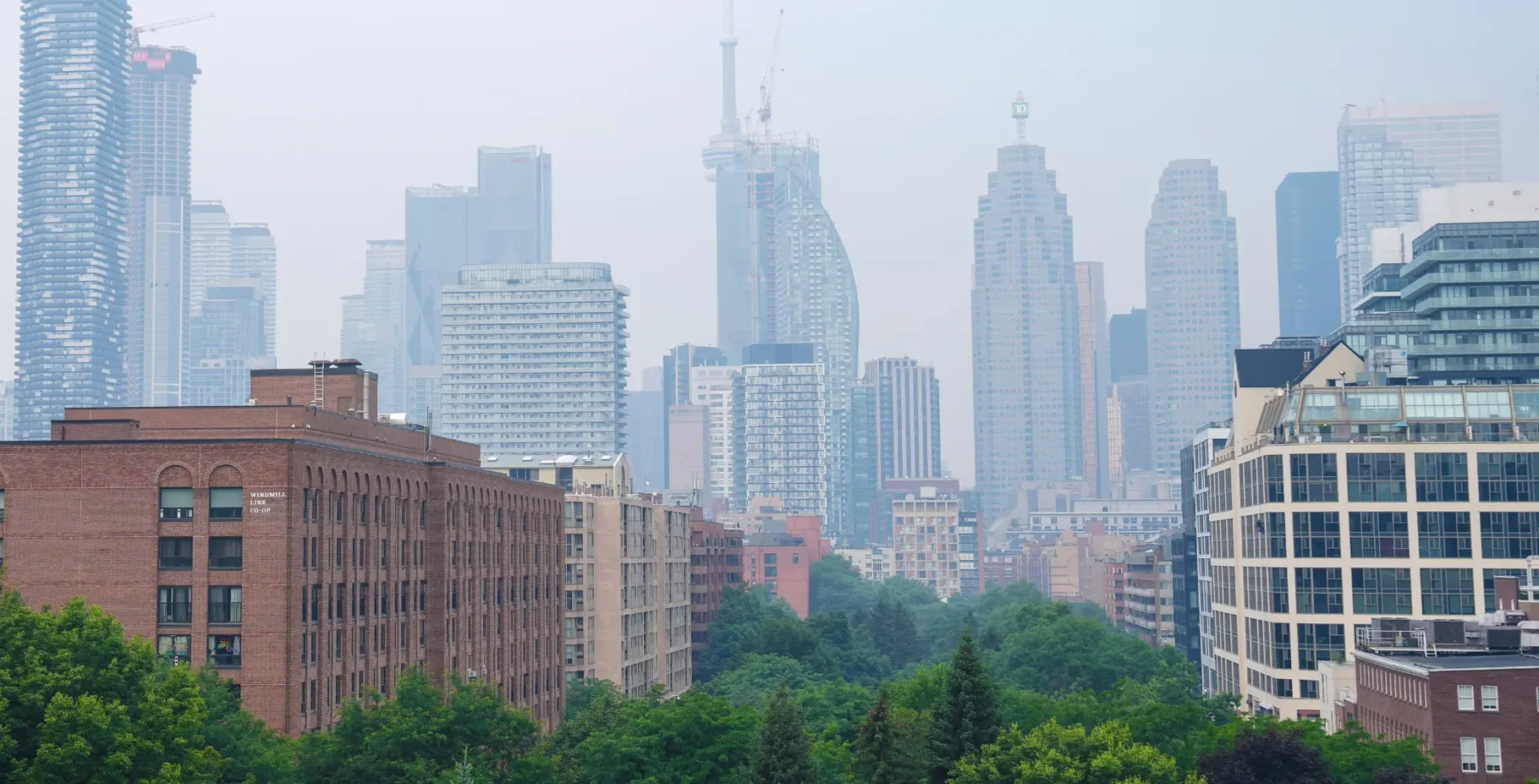
Rating: NNNNN
It’s a refreshing experience to sit in a community meeting at which the developer is not trying to grab additional height.
Especially since, for half a year now, disquieting rumours have been circulating about a big-box home improvement emporium (Home Depot) slated to go up in a parking lot at Queen and Portland. Surprise. RioCan has presented plans for a mixed-use commercial and residential building on the corner that actually conforms to the zoning restrictions laid out by the city: three storeys along Queen and seven along Richmond.
Zoning rules aren’t the only thing keeping the developer from building a quick-and-dirty glass box that’s completely out of character with the small, independent shops that give the street its appeal.
RioCan’s proposal is also the first to be subject to the new Heritage District designation that council approved last summer for the Queen West strip – a consolation prize for allowing the abominably out-of-proportion Federal Court building at Queen and Simcoe.
While RioCan’s plan is not particularly inspiring (gallery owners along Richmond express concern that their street is the dumping ground for all the awkward parts of the building, especially the loading bays), the upper storeys of vertical strips of glass and brick are at least in keeping with the overall character of Queen West.
Not only does the historic designation extend protection all at once to every heritage building in the district, but it also gives the city the ability, says Antonio Gómez-Palacio of planning consultants Office for Urbanism, to force builders to put some effort into their designs by setting ground rules for proportions and materials.
The designation also strengthens the existing zoning bylaws by affirming that the dominant two-to-four- storey building height is essential to the street’s appeal and success. Higher buildings would cut off sunlight to the north side. But can Queen’s historical designation stop the spread of cheap glass facades?
Unfortunately, opposition from property owners delayed adoption of the designation by a few months, giving owners the opportunity to demolish several buildings along the strip, some of heritage value. Others had already been demolished while studies were being conducted. As a result the replacement buildings didn’t have to conform to the new requirements. See H&M, Zara, Mexx and American Apparel.
The weakness of the Heritage District designation is that it cannot prescribe interior use of the building, only the design of the facade. So in theory a new building could still house a single large store along the ground floor.
For RioCan’s proposal, the city is using the uncertain ownership of a laneway through the centre of the property as a bargaining chip the city won’t press the matter if the developer sticks to the zoning. RioCan has agreed to guarantee that there will be at least five separate tenants in smaller storefronts along Queen West.
Furthermore, the top floor on Queen will be residential, as is the case in many of the street’s heritage buildings, and 10 per cent of the units in the overall development will have three bedrooms, suitable for families.
While the much-feared home improvement store will still be the main commercial tenant, the bulk of that store will be on the hard-to-rent second floor and at the back of the third floor of the building along Richmond. But area councillor Adam Vaughan is hoping that in future the city will gain the power to specify interior uses for all major developments.
The recent City Of Toronto Act includes a provision giving the city “inclusionary powers” like those Vancouver wields to specify interior uses and mandate family-size and affordable housing. The city is also looking into “floor-plate” regs that would give it the power to require smaller store sizes in a commercial development as spaces for local small businesses.
Vaughan points out that retail strips like Queen predate the corporatization of retail activity, creating small, pedestrian-oriented spaces in which local businesses can be incubated. They are a unique resource and successful model that modern developers, focused on getting large chain stores as tenants, seem to have difficulty replicating.
Plenty of other development projects are currently in the works along this stretch of Queen West. And Vaughan says they’ve proved much more cooperative about conforming to zoning and creating good designs since the heritage designation was adopted. In some ways, “more rules don’t make the process more cumbersome, but more predictable,” he says.
Maybe in the future I’ll be able to attend more meetings about major developments where the issue is the quality of the building rather than how much the developer will get away with.

Photo By R. Jeanette Martin

Photo By R. Jeanette Martin
Dylan Reid is an associate editor of Spacing Magazine.news@nowtoronto.com












